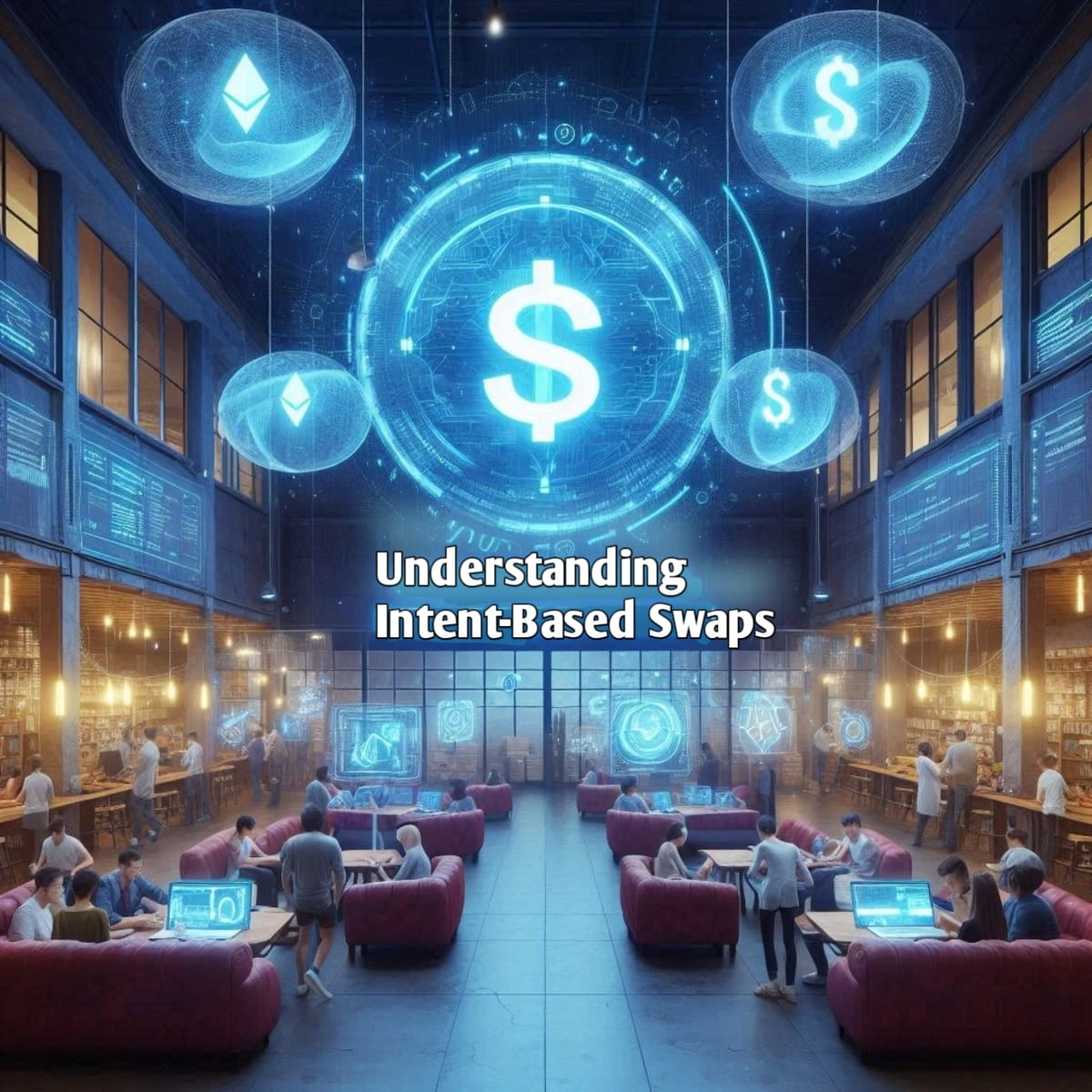Understanding Intent-Based Swaps: The Future of Cross-Chain UX

How Mitosis Simplifies Complex Transactions & Compares to UniswapX, CowSwap
The Rise of Intent-Based Swaps
Intent-based swaps represent a paradigm shift in decentralized trading, moving from imperative transactions (users specifying how to execute trades) to declarative intents (users declaring what they want). This approach abstracts technical complexities, enabling seamless cross-chain interactions while optimizing execution efficiency.
Core Principles
- User-Centric Design: Instead of manually routing swaps across chains, users state desired outcomes (e.g., "Swap 1 ETH on Arbitrum for at least 3,000 USDC on Solana").
- Solver Networks: Specialized actors (solvers) compete to fulfill intents using optimized paths, leveraging both on-chain and off-chain liquidity.
- MEV Protection: By hiding transaction details until execution, intent-based systems reduce front-running risks inherent in traditional AMMs.
How Mitosis Simplifies Cross-Chain Swaps
Mitosis leverages intent-based architecture to streamline cross-chain transactions through three key innovations:
1. Unified Liquidity Layer
- miAssets: Native assets (e.g., ETH, SOL) are tokenized into standardized miAssets on the Mitosis chain, enabling frictionless interoperability across 9+ chains.
- Dynamic Routing: Mitosis’ adaptive algorithm evaluates 5+ potential routes (e.g., direct swaps, stablecoin pools) to minimize slippage and gas costs.
2. Hybrid Security Model
- MPC Validators: Threshold signatures ensure atomic execution, eliminating partial fills or failed swaps.
- Hyperlane Integration: Mitosis uses Hyperlane’s permissionless interoperability layer to connect EVM and Cosmos ecosystems without centralized bridges.
3. Intent-Driven UX
- Gas Abstraction: Users pay fees in any supported token, avoiding chain-specific gas complexities.
- Auto-Rebalancing: Liquidity providers (LPs) earn yields across chains without manual reallocation.
Comparative Analysis: Mitosis vs. UniswapX vs. CowSwap
| Feature | Mitosis | UniswapX | CowSwap |
|---|---|---|---|
| Cross-Chain Scope | Native asset swaps across 9+ chains | ETH-centric via ERC-7683 | Single-chain focus (EVM) |
| Solver Model | Decentralized MPC validators + Hyperlane relays | Permissioned solvers (whitelisted) | Open auction (16+ solvers) |
| Liquidity Source | Unified miAssets pool + aggregated DEXs | Off-chain RFQs + on-chain AMMs | Batch auctions + Coincidence of Wants |
| Security | MPC-ZKP hybrid + restaked ETH | Ethereum-native smart contracts | Smart contract audits + MEV-resistant design |
| User Experience | One-click cross-chain swaps with gas abstraction | Gasless swaps via ERC-7683 | Batch settlements to reduce costs |
Key Differentiators
- Chain Agnosticism:
- Mitosis supports non-EVM chains (e.g., Solana, Cosmos) via Hyperlane, while UniswapX and CowSwap remain EVM-focused.
- Example: Swapping TIA (Cosmos) for AVAX (EVM) requires bridging with traditional protocols, but Mitosis enables direct miAsset conversions.
- Liquidity Efficiency:
- Mitosis’ miAssets reduce fragmentation by 40% compared to wrapped assets, whereas CowSwap relies on batch auctions that delay execution.
- Solver Decentralization:
- UniswapX’s whitelisted solvers risk centralization, while Mitosis’ MPC validators and Hyperlane’s permissionless relays ensure broader participation.
The Future of Cross-Chain UX
Mitosis’ Roadmap
- ZK-Intent Execution: Integrating zero-knowledge proofs to hide swap details until settlement, enhancing privacy.
- Institutional Vaults: Compliant pools with KYC/AML checks for TradFi adoption.
Industry Trends
- ERC-7683 Standard: UniswapX and Mitosis are aligning with this cross-chain intent format to unify solver networks.
- Solver Liquidity Pools: Projects like Khalani aim to democratize solver participation, addressing centralization risks.
Conclusion: The Intent-Centric Future
Mitosis redefines cross-chain UX by combining intent-based design with modular interoperability, offering advantages over incumbents:
- Simplified Access: Users bypass bridging/wrapping through miAssets.
- Enhanced Security: Hybrid MPC-ZKP architecture mitigates bridge-related exploits.
- Capital Efficiency: Unified liquidity pools yield 18-22% APR for LPs vs. single-chain protocols.
As ERC-7683 gains traction, Mitosis is poised to become the cross-chain liquidity backbone, bridging the gap between EVM and Cosmos ecosystems while setting new standards for decentralized intent execution.
Explore Further:



Comments ()